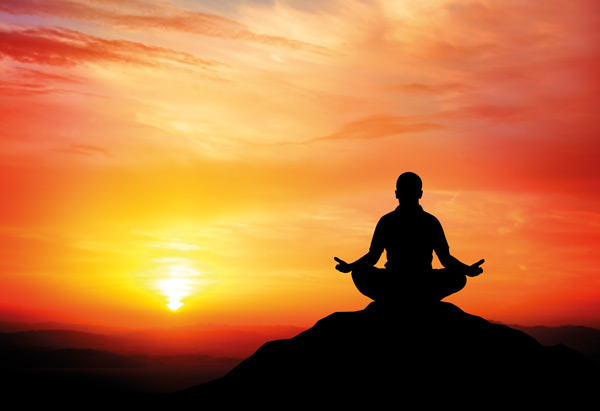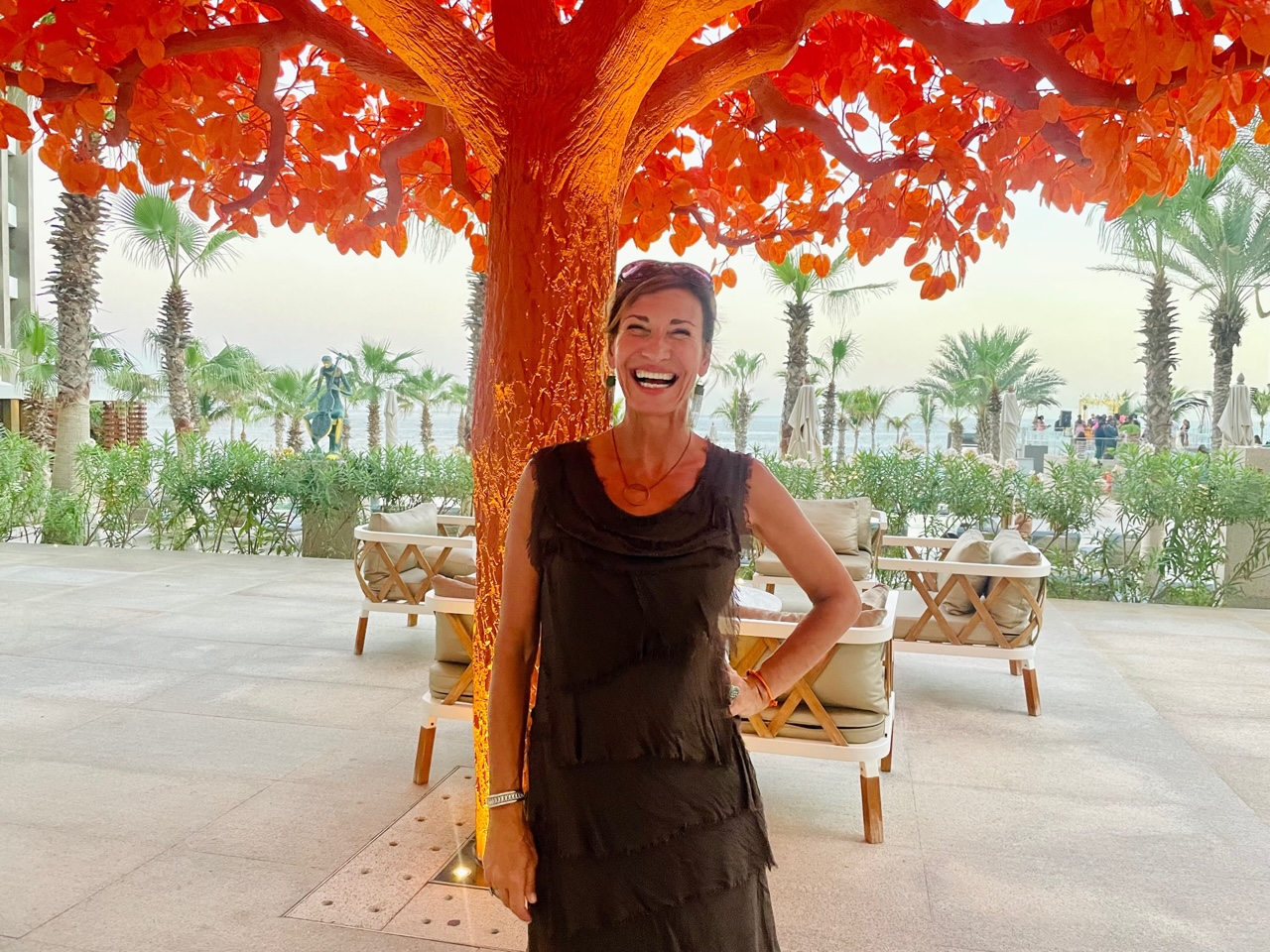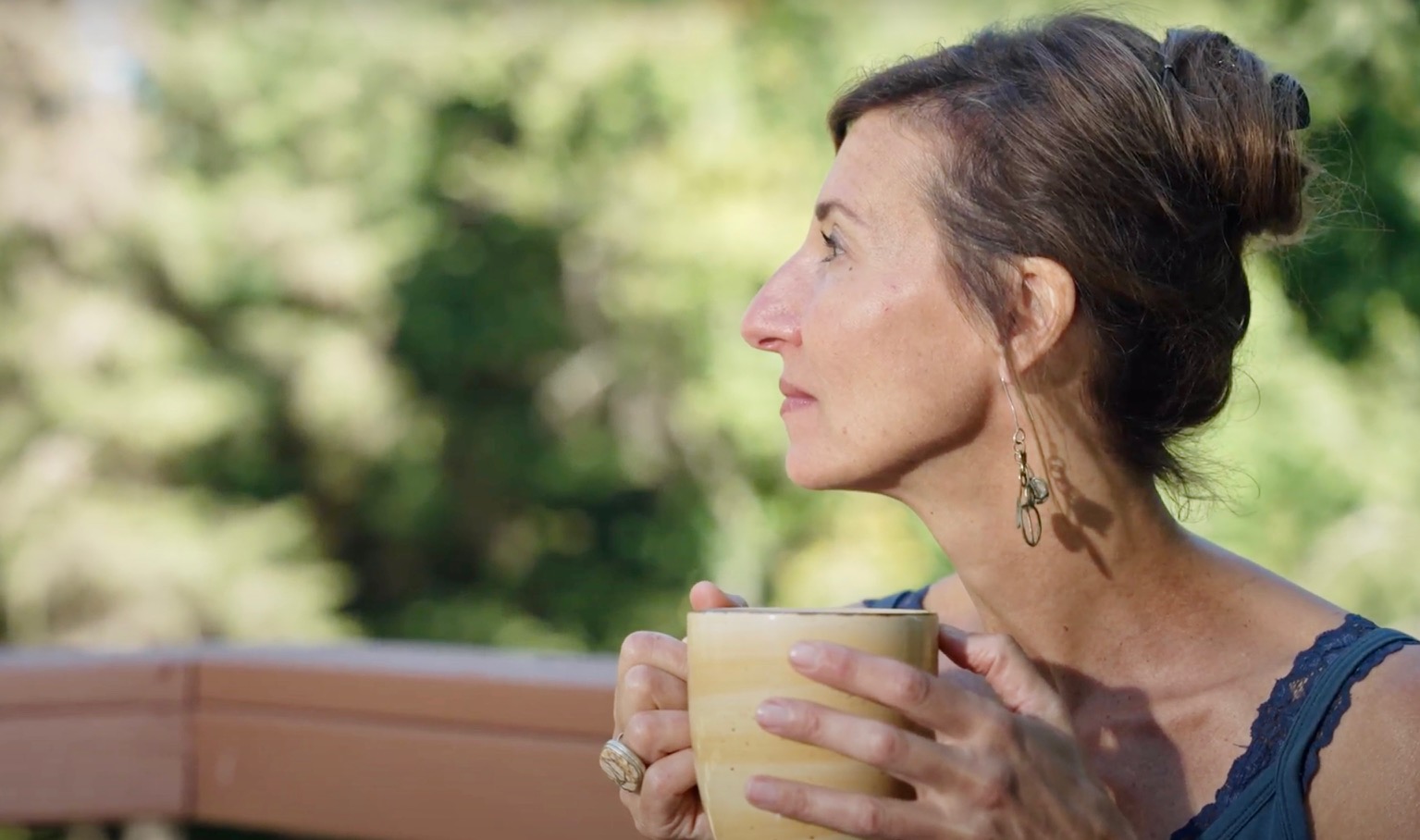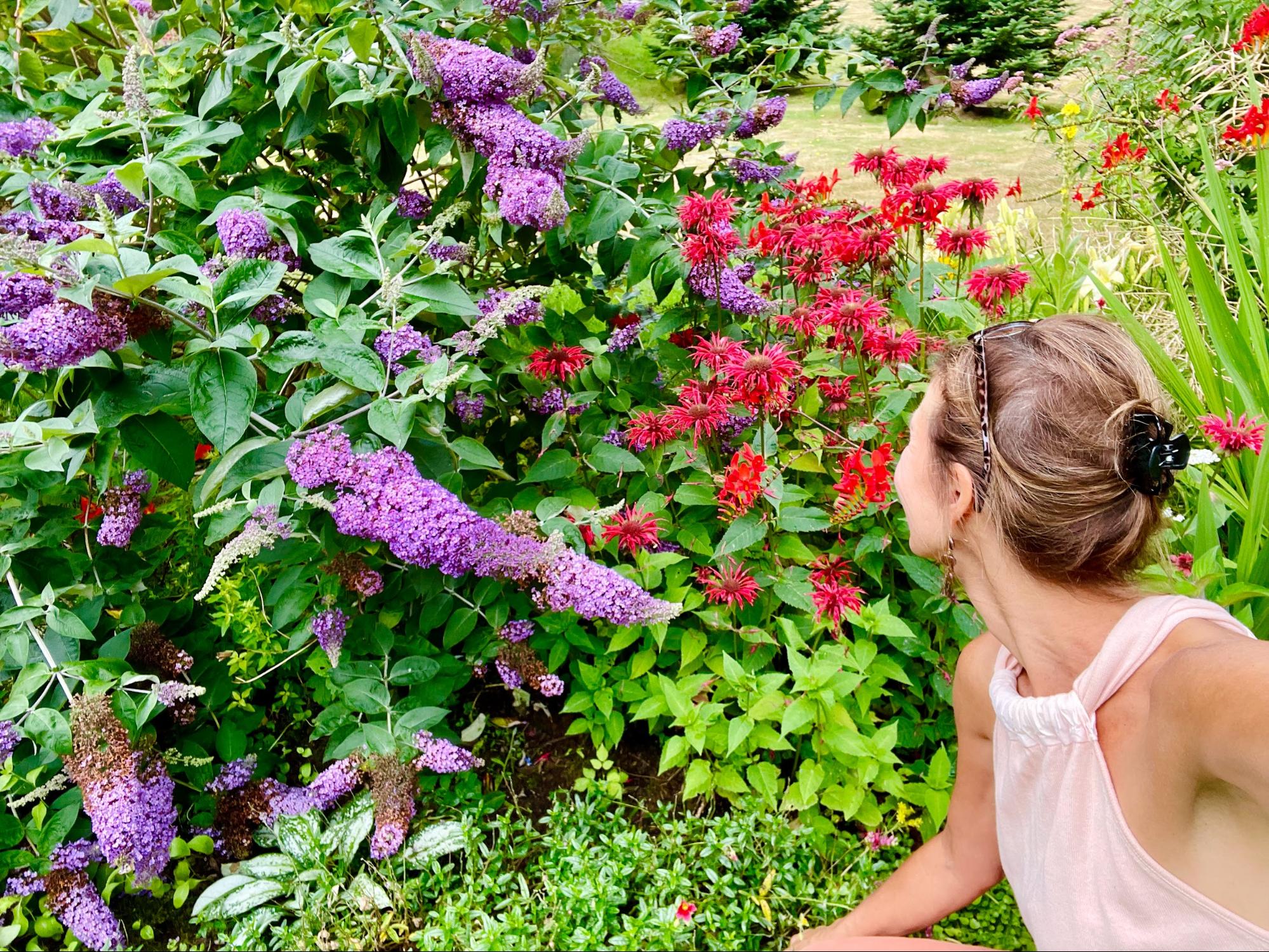In the last article, we defined Personal Cultural Repair and established that it helps create more interpersonal (and internal) connection in our lives, providing the healthy foundation we need in order to truly experience holistic healing. One large piece of the puzzle toward rebuilding our healthy selves and healthy lives is Nature Connection.
When I was on the History Channel’s show “Alone” on Vancouver Island, I was living in the wild, living only on wild foods, living intimately with nature. I felt so healthy, so well, so vibrant! That is because that type of living is what we are designed for.
We’re all still hunter-gatherers at a genetic level. We haven’t grown out of that, or caught up to our thoroughly modern lifestyles. Evolution doesn’t work that quickly. We’re not meant to be living in nuclear homes, without our extended families. We’re meant to live in community. Both with each other and with nature. We’re meant to live outside, not inside walls.
Of course, it doesn’t necessarily work for everybody to live this way on a daily basis. I’m not suggesting we all go live in the woods. That doesn’t make sense for us in our modern society. But I am suggesting we look for ways to reconnect to nature and use that connection as a lifeline to holistic health.
Nature Deficit Disorder
Richard Louv wrote the wonderful books Last Child in the Woods and Vitamin N, and he names this lack of connection to nature: Nature Deficit Disorder. He explains that our growing cultural disconnect from the natural world has an adverse effect on our health, development, and levels of personal happiness.
Think about how you feel when you’re outside. Do you feel physically and mentally better when you’re in nature? Juxtapose that to how you feel when you’re in a big box store with fluorescent lights bearing down on you.
We are all in need of Vitamin N, nature. It’s a really easy prescription to write for yourself, and it’s free.
Avoiding nature deprivation is so important. One way to do that is by cutting back on screen time. When you can finally acknowledge how many times you pick up your phone every day you begin to realize what an addiction it is. Try counting it this week, or download an app that tracks that for you and really notice how many HOURS you are spending with that device in your hand and in your face. Figuring out strategies to lessen screen time is one antidote. Maybe you only check your email on your computer at certain times each day. However you do it, you need LESS digital input.
Fight or Flight – Our Current State of Being
When I came back from season 2 of Alone, I’d been on Vancouver Island for 57 days, totally unwired, literally living on and surviving off the land around me. The question I got most was, “What was the hardest part of your journey?” People expected me to reply that being alone was the hardest part, or being hungry, or missing my kids. But the hardest part of my journey was the transition back to Western society.
The transition home from Vancouver Island was so difficult because I didn’t realize just how much non-natural input I was being bombarded with on a daily basis. Our fight-or-flight response is designed to get us out of harmful or deadly situations. However, with all of the digital input, electrical stimulus, and constant stress our bodies are getting stuck in that fight-or-flight response almost constantly.
When coming home from Vancouver Island I traveled through the Vancouver airport. I had a sudden realization of the sheer amount of lights that were flashing at me, and the amount of people that were coming at me, and the amount of media I was being exposed to. The constant bombardment of commercials was especially horrifying. It made me realize that I had previously been shutting my brain down on some level just in order to deal with all of the stimuli. Coming into that environment after being on the island for almost two months felt like I had ADHD on steroids. As I actively shut my primal brain down to deal with living in this stimulus daily was when I truly understood how abnormal it is. I had to figure out a way to live my life so that I was not stuck in fight-or-flight all the time.
How I Made a Change
I live in the woods solo, just me and my kids. It’s very quiet. We don’t have a movie theater or a big box store in our small town. I choose to live in the woods in the middle of nowhere. I make this choice because it’s what I need to thrive. It’s what my body needs, and it’s what my mind needs. Yes, I have the internet, and I live in a “normal” house. But when I step out my front door, my only neighbors are the deer, the birds, the cougar, the elk. I’m in the middle of nowhere living with wildlife and acres and acres of green space. I live that way because I understand that it is important for me to be in connection with nature every day. I realize this lifestyle isn’t for everyone but even people living in a city can access nature connection.
Even a Photo of Nature Is Restorative for Health
There’s a lot of research data on record now about how nature positively affects our health. There was a study in 1984 showing that just seeing pictures of nature positively affects human brain health. When participants viewed a nature scene, the parts of the brain associated with empathy and love lit up. But when they viewed urban scenes, the parts of the brain filled with fear and anxiety were activated. That’s your fight-or-flight response again. Another study showed that physically being in nature is even more restorative for human health and that it actually reduces mental fatigue. A 2010 study clearly showed that time in nature not only has a positive mental effect, thus helping a person’s psychological well being, but also can lower blood pressure and cortisol levels. Nature clearly inspires feelings that connect us to each other and the environment.
How Can You Make a Change?
So how does someone who lives in the city find nature connection?
When I lived in the city I would sit on my front porch every single day. Cars would go by and I’d see the neighbors, but I also knew every bird in the area, and I put up a bird feeder to bring them closer to me. I knew all the plants and the changes in seasons. For people who live in the city, I still prescribe nature connection, as even in a big city there is always access to public parks. I tell them to find their ‘sit spot’ and sit on a park bench, or on the front stoop or back porch. This is a great start; wherever it is that allows the experience of nature connection on a daily basis. Having that quiet time is also meditative which is equally important to our well being.
Tangible Tools and Skills for Nature Connection
These are some of my personal favorite ways to be more in connection with nature:
Find a Sit Spot:
At my home, I have a daily sit spot. I go out to my front porch every day. On dry days, I’ll put the chair on the ground in front of the porch so I can put my bare feet on the ground – or I’ll simply sit on the ground. I know every living thing that comes through the area around my sit spot. I know the individual deer that come through. I know that the mama deer just had twins. I know that one twin was recently eaten by the cougar. I know the bear that comes and climbs my apple trees. I know the raven that comes through. There’s a junco there too. I know the pair of robins, and I really loved watching that pair of robins build their nest. That nest was low enough I could see the eggs inside, and then I could see the young birds as they grew. I was so saddened when a bigger bird came in and ate one of the eggs. Then a fledgling fell out of the nest and one of the robin parents came in to defend it. Not only did the baby die, but one of the parents died as well. I felt that pain along with the robin because I had developed an individual connection to those animals. I don’t just know robins – I know these robins.
By sitting in that sit spot each day I have come to recognize the slightest changes in the seasons. I see when the maple leaves start to bud, and later in the year, start to fall. I know when I should start harvesting the Stinging Nettles or the Salal berries.
Finding a sit spot and developing this type of connection can be done anywhere you live, even if you’re in the city. My friend who lives in downtown Manhattan recently told me of a hawk who lives in a small park near her. The regulars in the park also know that hawk and it sparks conversation and connection not only with nature but also with community as they discuss the hawk’s latest antics.
Be in Gratitude:
There’s something really beautiful about giving thanks for something external that shifts something internally.
Every morning when I step out my back door, I look to the north through the woods, and I give my gratitude for the natural beauty, for the fresh air, for my healthy body, for my family. The list is long and might change from day to day – but I start every day with this feeling of gratitude – even if I’m having a terrible day. I can still recognize that things are difficult or that there are bad things happening. It’s giving thanks for what I have in the moment and counting my blessings that causes an internal shift. It helps my mind, and it actually makes me healthier.
At dinnertime, I do a simple round-robin gratitude with my kids. My youngest is really easy; he has a thousand things to be thankful for. My fifteen-year-old has a harder time expressing gratitude, but he does it. Whether it’s something as simple as for the food on the table or something silly that he makes up, it’s okay because he’s getting in the practice of expressing gratitude on a daily basis.
Some people like to keep a gratitude journal. Journaling at a sit spot can be especially useful. A lot of people like to draw diagrams of their sit spot and sketches of the living creatures that come in. They’ll journal about the weather and how things have shifted that day. This can be a wonderful gratitude exercise for people who like to write things down and like to draw.
Stop Looking at the Clock:
The gift of timelessness seems like a nearly impossible feat to achieve in our society. We have to be here, we have to be there, there’s always a schedule to keep. But when you can go for a walk, and there’s nothing pressing on the calendar, and you put your phone away for a while, you give yourself an incredible gift.
Stay off Social Media:
Being off social media is a big choice as well. It might feel especially difficult, depending on how often you’re picking up your phone or logging on from a computer. But try paying attention to the cycles of nature instead of what everyone else is doing or saying online. When you’re in your sit spot and you don’t have your phone in hand, see how long it takes you to stop wondering what you’re missing on social media.
Learn Ancestral Skills:
I love teaching wilderness living skills and survival skills because I see that it empowers people to go out in the woods and feel competent and capable, but I also love simply seeing joy and happiness light up within them when they’re using these skills. It can be anything from weaving a natural fiber basket, to tanning a deer hide, to carving a piece of wood, to starting a fire for the first time without matches. Anything that takes you out of your headspace and puts you into your heart space. Practicing these skills also activates your primal brain. We’ve been practicing these skills for tens of thousands of years, and a lot of it’s been forgotten recently. But re-establishing those skills within yourself allows you to flex that genetic muscle memory.
I teach at ancestral skills programs all across the country and in Canada. They’re weeklong. They’re inexpensive. It’s the cheapest, least stressful, most connecting family vacation you can imagine. It’s amazing. My kids have grown up going to these with me and when we’re at one of these programs I look around and I see people joined together around a campfire, talking. They’re joyful, and they have a sense of purpose and a sense of togetherness. In those moments they are living happy, purposeful lives. Having a sense of purpose goes a long way toward bringing happiness into our lives.
There is a book I love called Coyote’s Guide to Connecting with Nature that provides extensive information and tools that you can use on an everyday basis to bring yourself and your family more into nature connection. I highly recommend reading it for more ideas on how to connect to nature.
FOLLOW THIS BLOG SERIES TO LEARN TANGIBLE STEPS YOU CAN TAKE TO FOSTER PERSONAL CULTURAL REPAIR IN YOU, YOUR FAMILY, AND YOUR COMMUNITY.
In the next article, we’ll explore the mind-body connection and the relationship between mental and emotional state and physical illness.
To watch the video of this talk, visit my YouTube channel.




